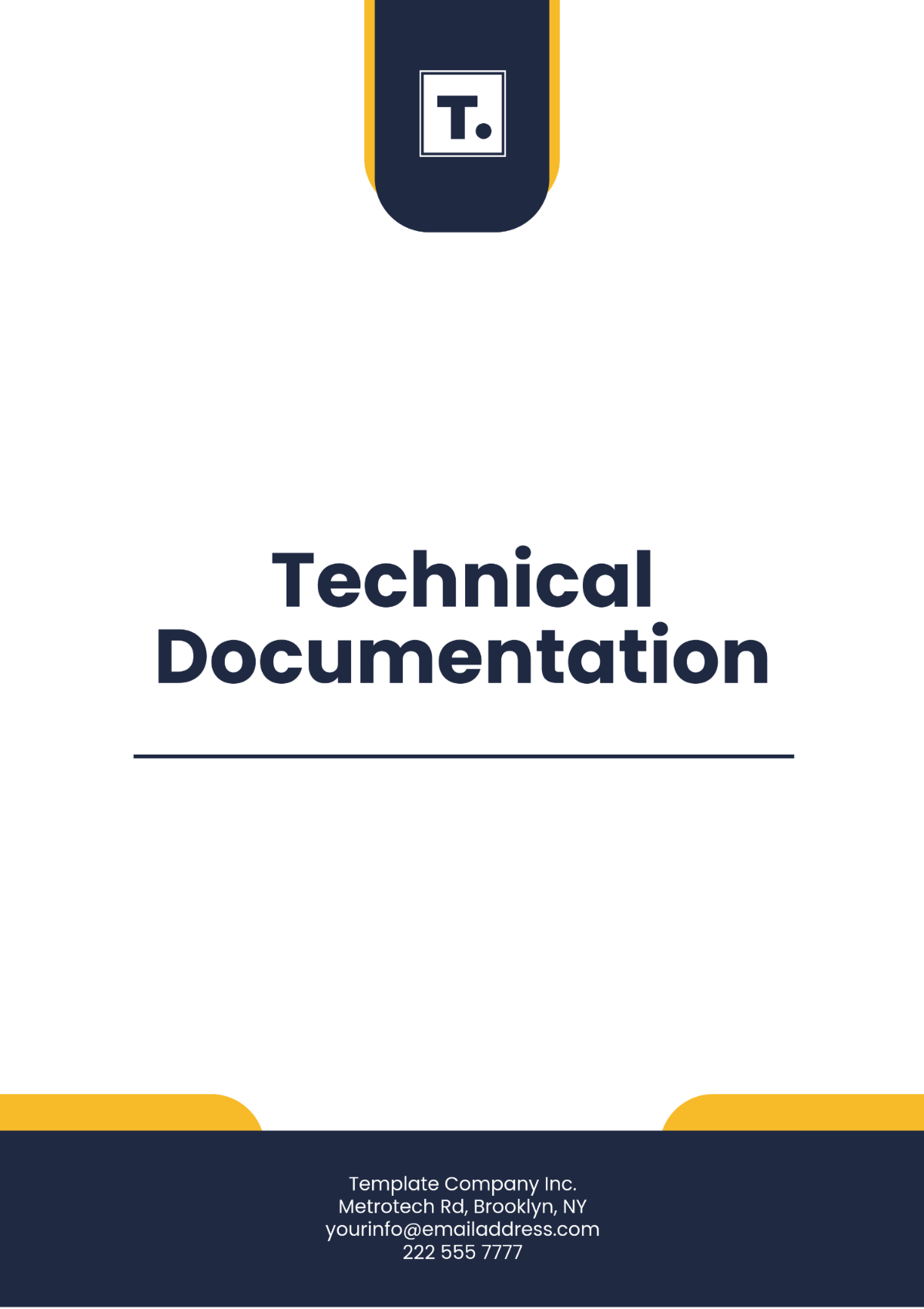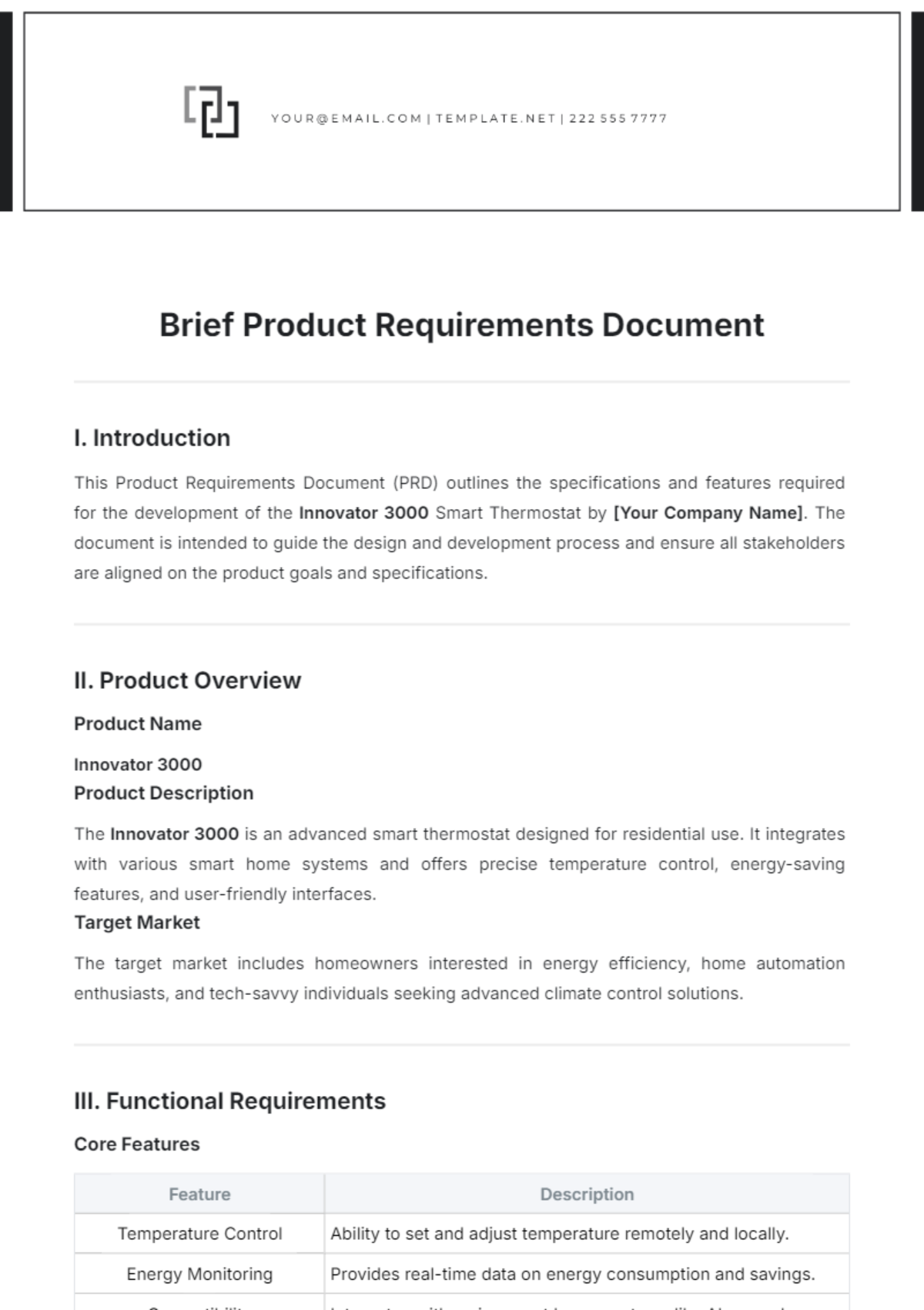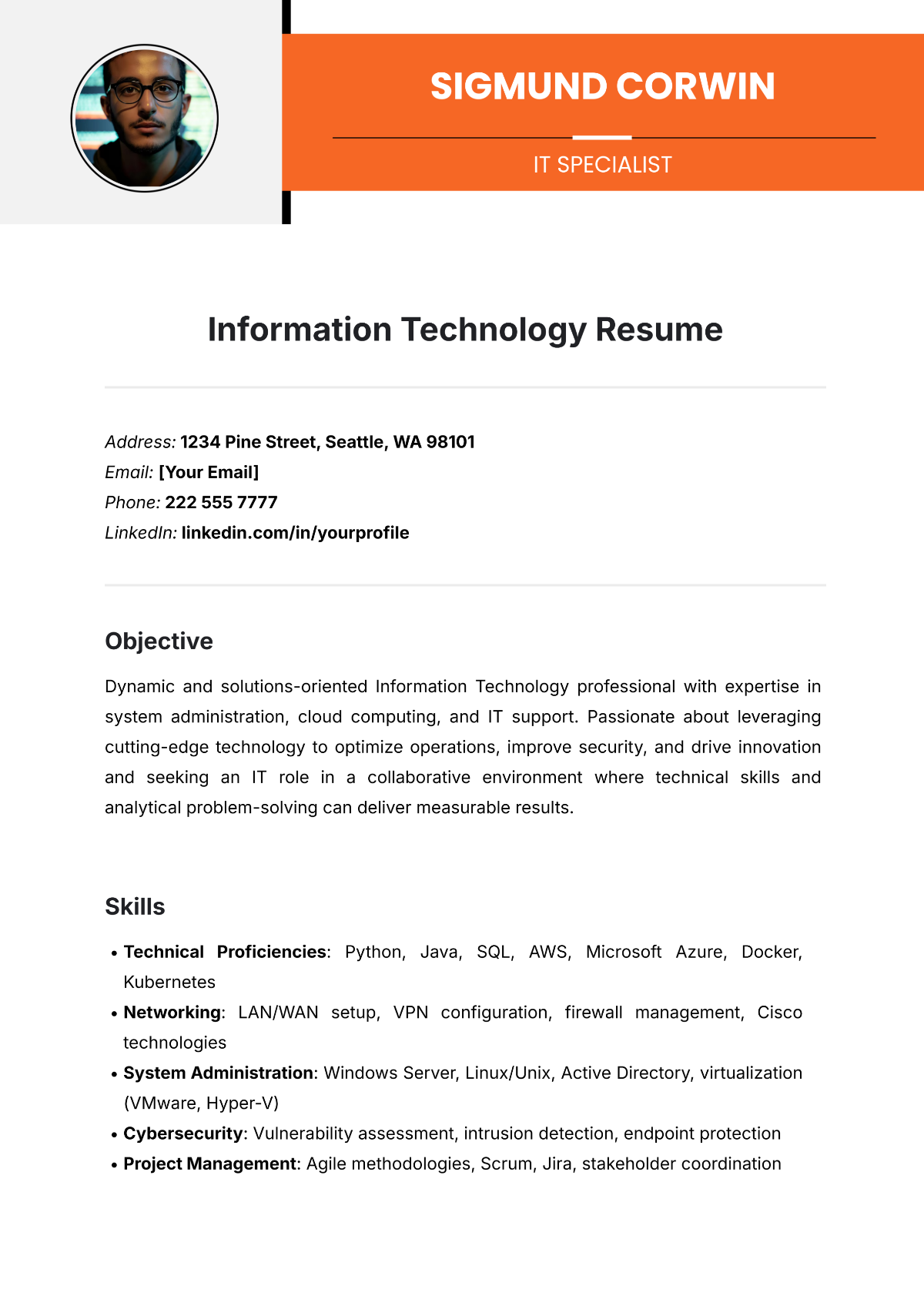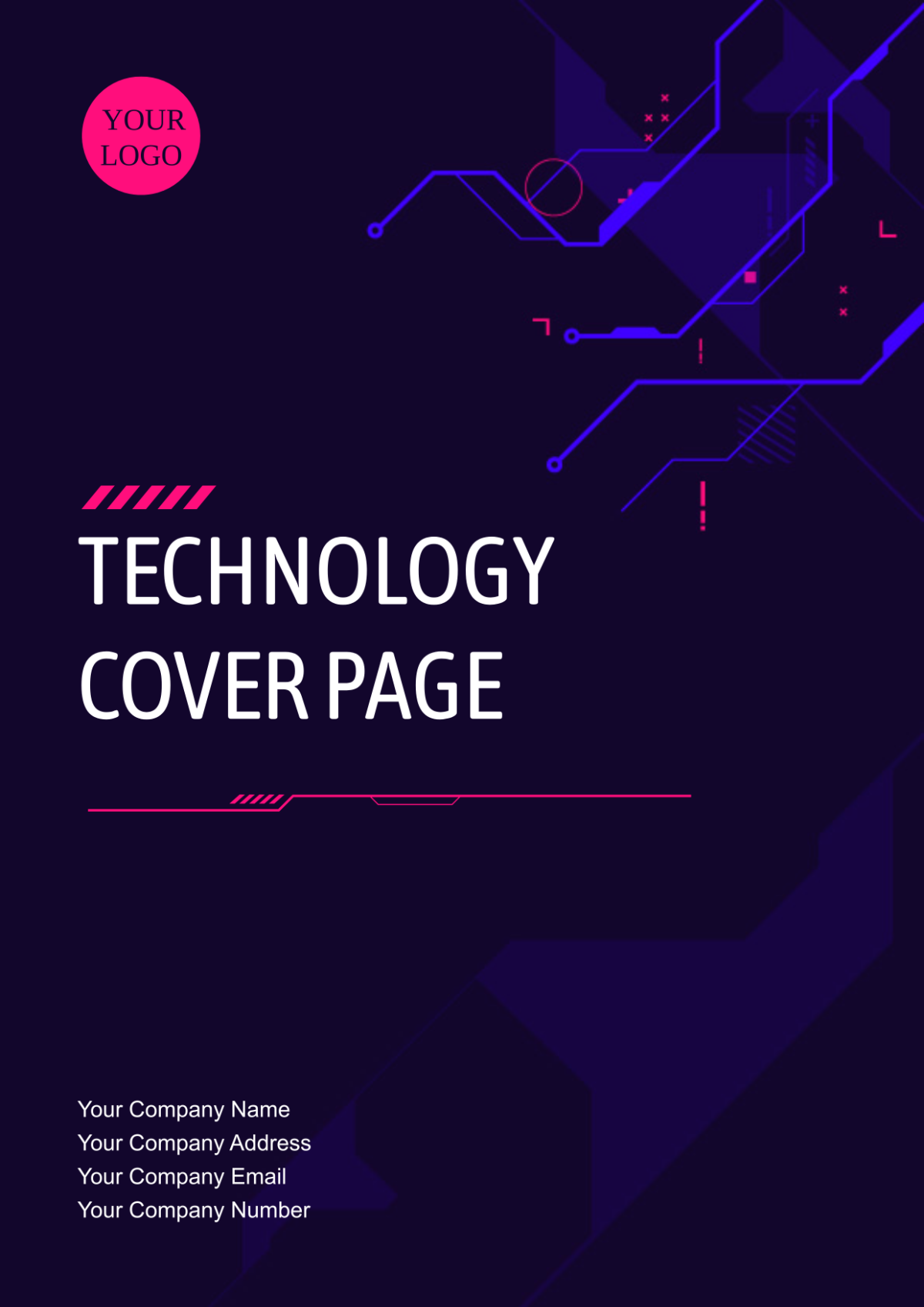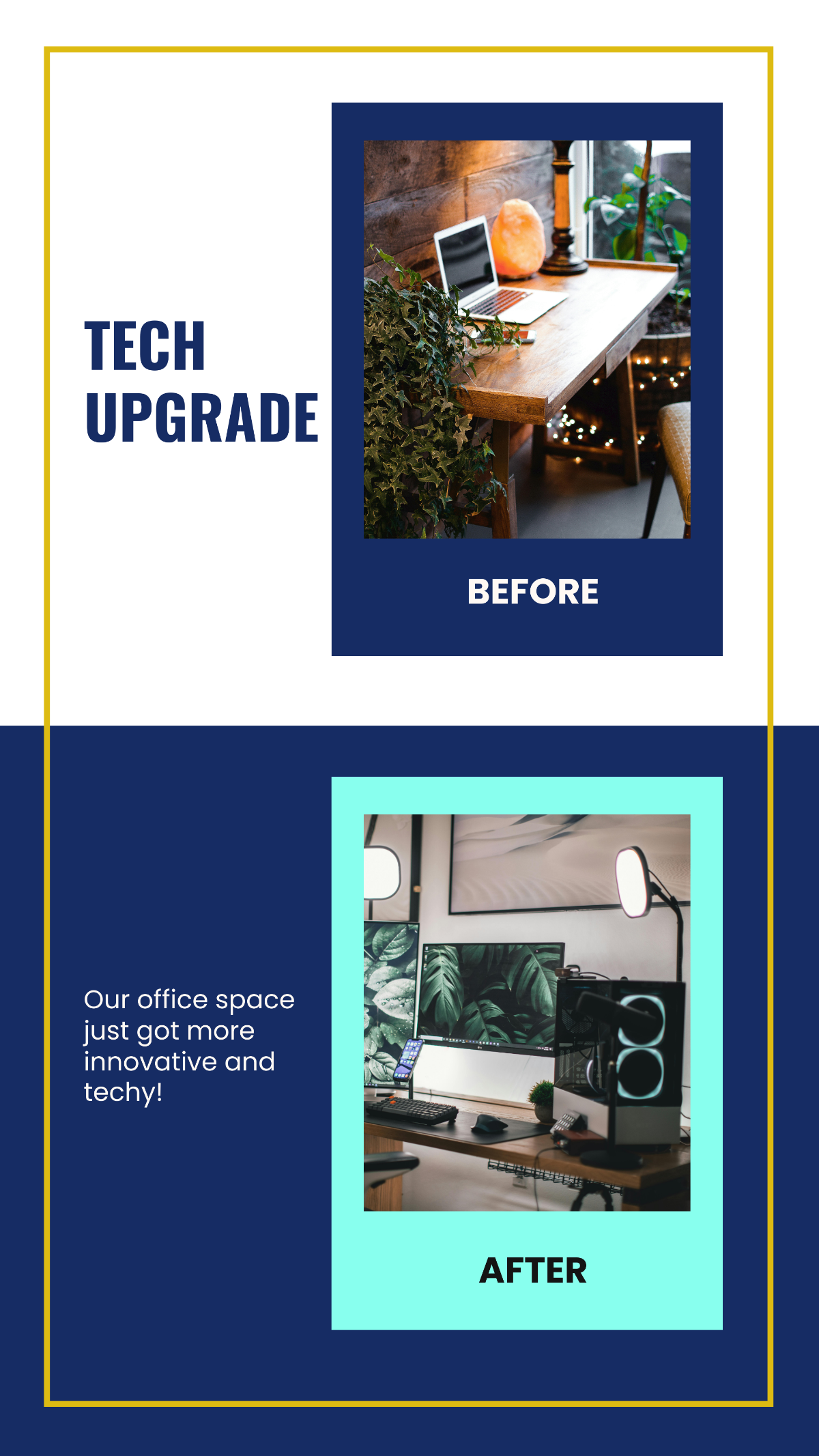ERP Business Requirements Document
I. Introduction
This ERP Business Requirements Document outlines the necessary business functionalities, system requirements, and technical specifications for implementing an Enterprise Resource Planning (ERP) system at [YOUR COMPANY NAME]. The goal is to ensure that the ERP system aligns with the organization’s strategic objectives, enhances operational efficiency, and meets all functional requirements across departments. This document will serve as a blueprint for the ERP selection, customization, and implementation process.
II. Executive Summary
The purpose of this document is to define the business requirements for an ERP system that will support the operational and strategic needs of [YOUR COMPANY NAME]. The ERP solution will address core areas such as finance, human resources, inventory management, and customer relationship management. By implementing this ERP system, [YOUR COMPANY NAME] aims to streamline operations, improve decision-making, and increase overall productivity.
III. Business Needs and Objectives
[YOUR COMPANY NAME] requires an ERP system that can integrate and automate core business functions. The primary objectives of this project include:
Improve Financial Management: Streamline accounting, budgeting, and financial reporting across the organization.
Enhance HR Capabilities: Automate employee management, payroll, and performance tracking.
Optimize Inventory Control: Maintain accurate stock levels and track inventory movements in real-time.
Improve Customer Relationship Management (CRM): Strengthen customer interactions through centralized customer data and support tools.
The ERP system must address these objectives and be scalable for future business growth.
IV. Functional Requirements
The ERP system must include the following core features to support [YOUR COMPANY NAME]’s business needs:
Financial Management: General ledger, accounts payable, accounts receivable, and financial reporting.
Human Resources: Employee records, payroll, benefits administration, and performance evaluations.
Supply Chain Management: Inventory management, procurement, and order fulfillment.
Customer Relationship Management (CRM): Sales tracking, customer support, and communication tools.
These features will ensure the ERP system supports the company’s day-to-day operations efficiently.
V. Non-Functional Requirements
In addition to functional specifications, the ERP system must meet the following non-functional requirements:
Requirement | Description | Importance | Example | Notes |
|---|---|---|---|---|
System Performance | Must support 500 concurrent users | High | System response time must be under 2 seconds for 90% of tasks. | Testing to be conducted during implementation. |
Security | Data must be encrypted and secure | Critical | AES-256 encryption for all sensitive data. | Compliance with GDPR and local regulations. |
Scalability | Ability to scale as company grows | High | System must handle 50% more users annually. | Cloud-based deployment recommended. |
System Availability | Must have 99.9% uptime | Critical | 99.9% uptime guarantee. | Regular system updates and backups required. |
These non-functional requirements ensure the system meets organizational standards for performance, security, and scalability.
VI. Integration Requirements
The ERP system must seamlessly integrate with the following existing systems at [YOUR COMPANY NAME]:
CRM System: The ERP should synchronize customer data to enhance sales and support functionalities.
Payroll System: Integration with the existing payroll system for automatic processing of employee wages and tax calculations.
Supply Chain Management System: Real-time synchronization of inventory levels, orders, and supplier data.
These integrations will streamline workflows and ensure data consistency across the organization.
VII. Customization and Configuration
[YOUR COMPANY NAME] requires several customizations to the ERP system to meet specific business needs:
Custom Reporting: Ability to generate tailored financial and operational reports specific to the business.
User Access Management: Role-based access control to ensure that employees can only access data pertinent to their department.
Workflow Automation: Automated approval processes for finance and HR departments, including purchase orders and employee leave requests.
These customizations will ensure that the ERP system aligns with the unique operational workflows of [YOUR COMPANY NAME].
VIII. Testing and Validation Requirements
To ensure the ERP system meets business needs, the following testing and validation steps will be performed:
User Acceptance Testing (UAT): A group of end-users will test the system in a real-world environment to ensure it functions as expected.
System Integration Testing (SIT): Verify that all integrated systems (CRM, payroll, etc.) work seamlessly with the ERP.
Performance Testing: The system will be stress-tested to handle high traffic and heavy data loads to ensure it meets performance benchmarks.
Successful completion of these testing phases will be necessary before proceeding to the final implementation phase.
IX. Conclusion
In conclusion, the ERP Business Requirements Document provides a clear and structured outline of the expectations and requirements for the ERP system at [YOUR COMPANY NAME]. By aligning the ERP system with business goals, functional needs, and technical specifications, this document ensures a smooth transition to an integrated solution that will enhance business efficiency and productivity. Successful implementation of the ERP system will position [YOUR COMPANY NAME] for continued growth and operational excellence in the future.
Prepared by: [YOUR NAME]
Email: [YOUR EMAIL]
Date: November 6, 2050







